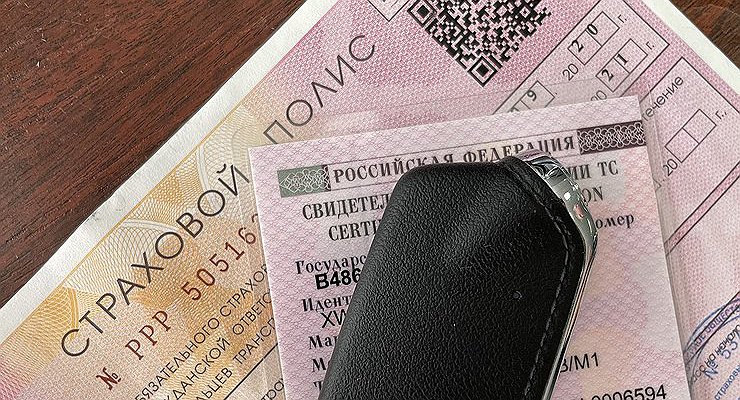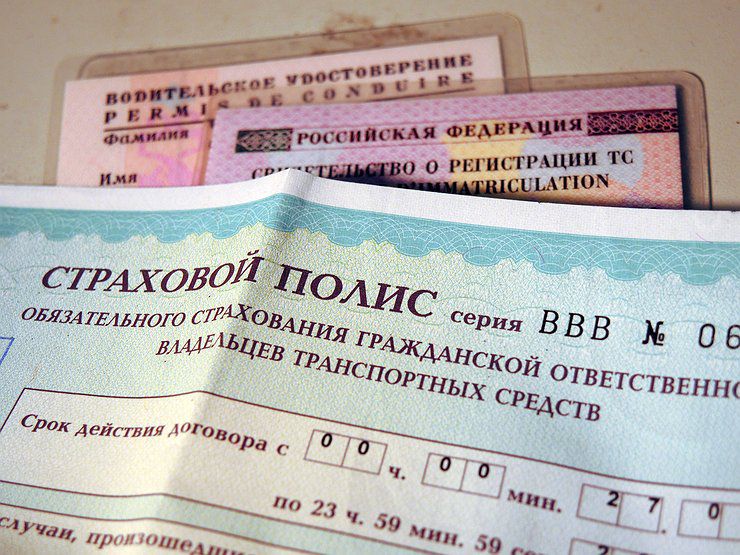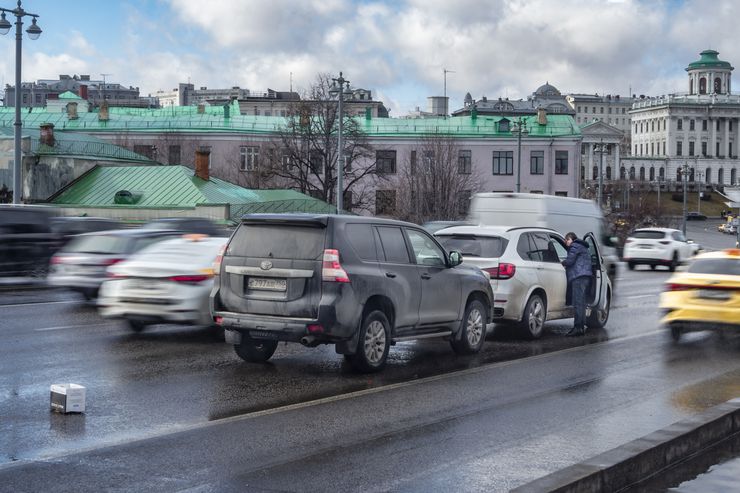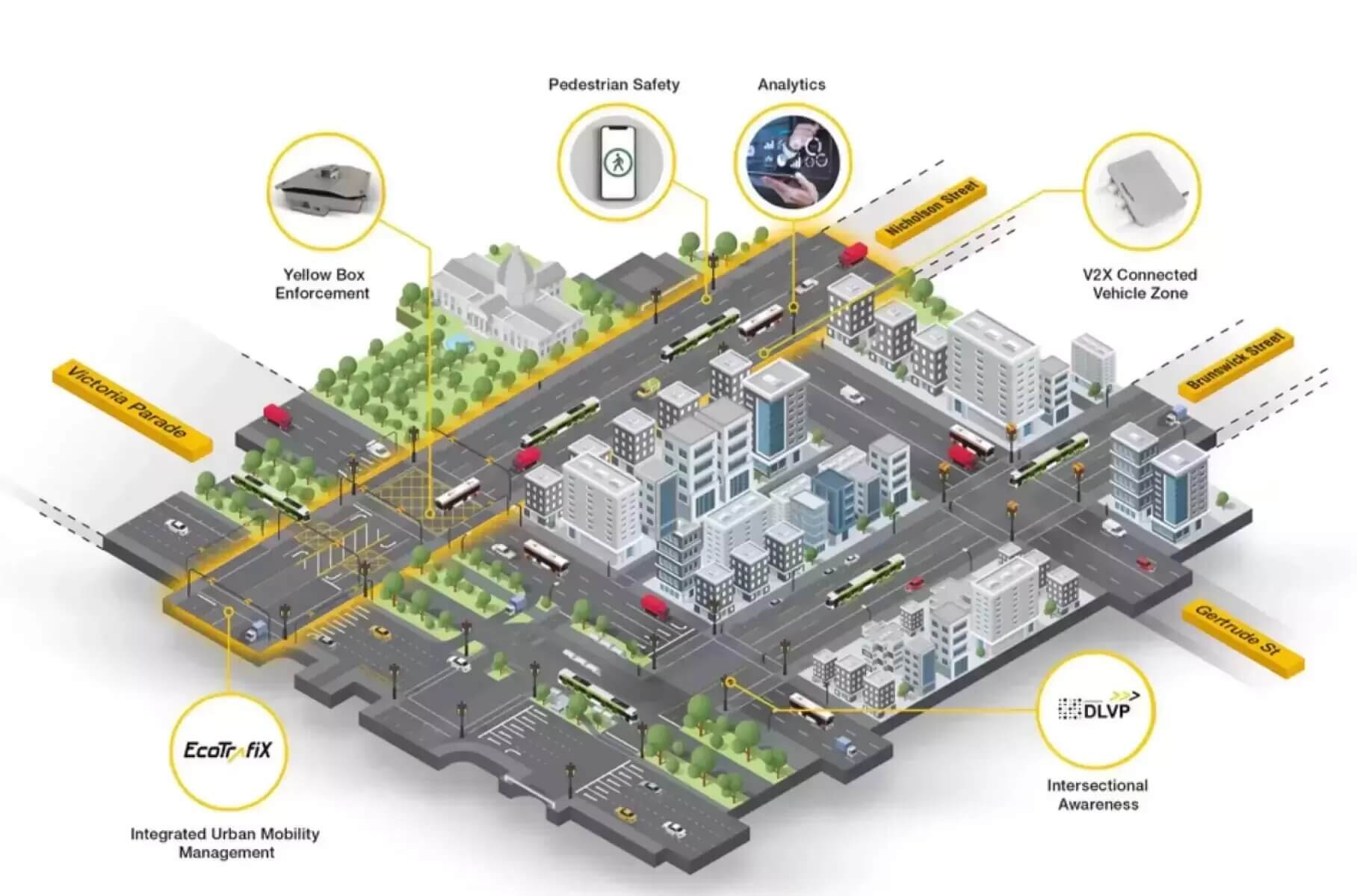In general, there are really a lot of schemes used today. But in order not to fall into the bait of scammers, it is enough to follow a few simple rules. First, under no circumstances should you issue OSAGO policies, except in the offices of insurance companies (not in the customer area, but with employees), on their official websites or in mobile applications – again, official ones.
Secondly, after the purchase, you must “break through” the OSAGO policy on the portal of the Russian Union of Motor Insurers (RSA) or scan the QR code printed at the top of the document. True, it is important to remember that information about issued “autocitizens” does not enter the database immediately – sometimes it takes a few days. And so, if you haven’t found your policy on the PCA website, don’t sound the alarm right away – wait a minute.
Third, make it a rule to carefully check all the information entered in the “autocitizen”: both from the owner and the drivers who are allowed to drive the car, and from the vehicle itself. An agent can make a mistake – and not intentionally, but through inattention. But even in this case, you risk “getting” a lot of money by accidentally causing an accident.
We also remember that today the fine for driving without an OSAGO policy (or with a “left” document, which is essentially the same) is 800 rubles according to Art. 12.37 pm 2 of the Code of Administrative Offenses of the Russian Federation.















